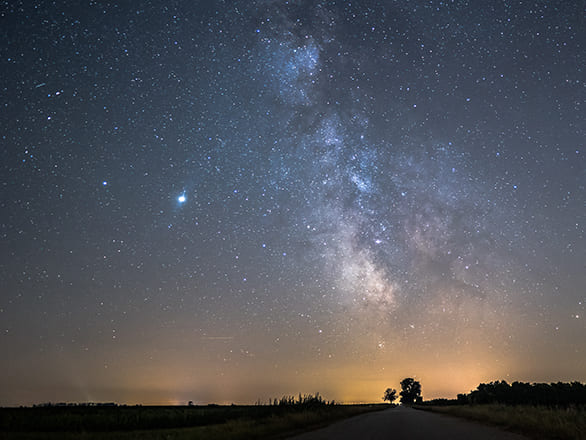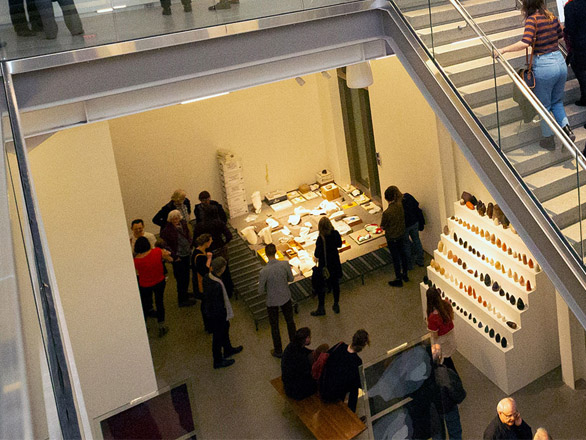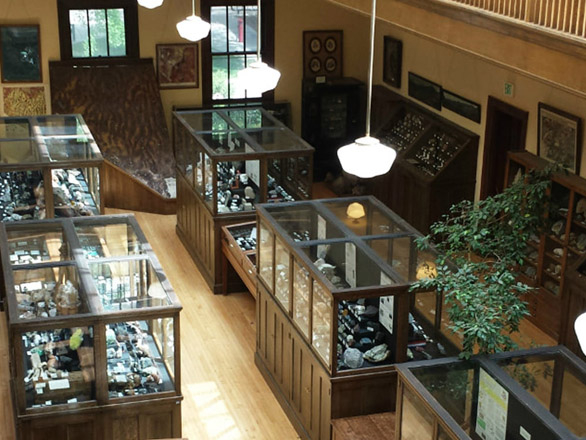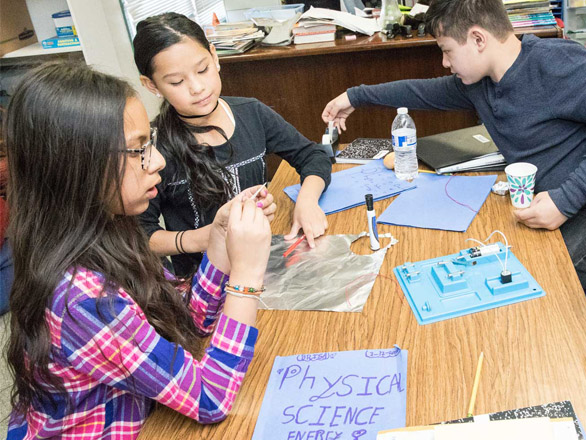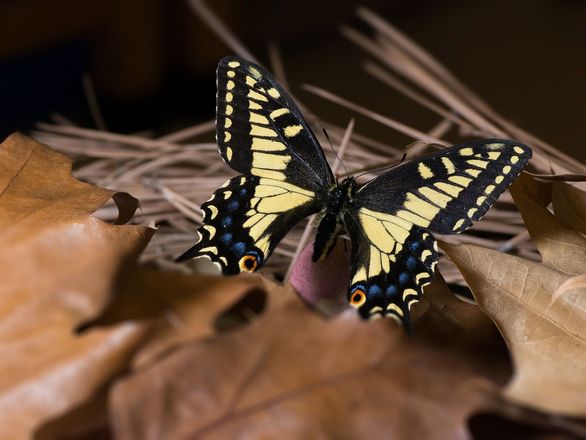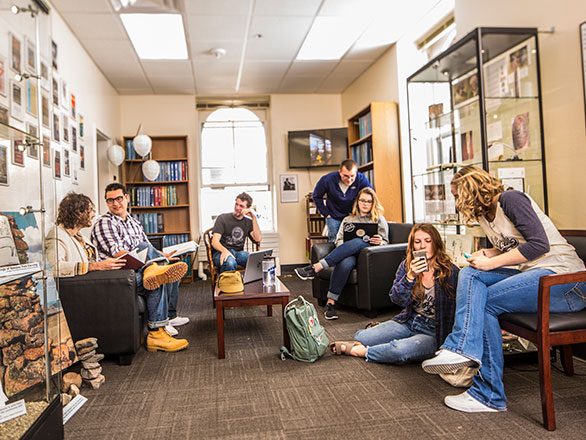Question
What monster fish from northern India has been blamed for attacks on people and livestock and is said to have developed a taste for humans?
Answer
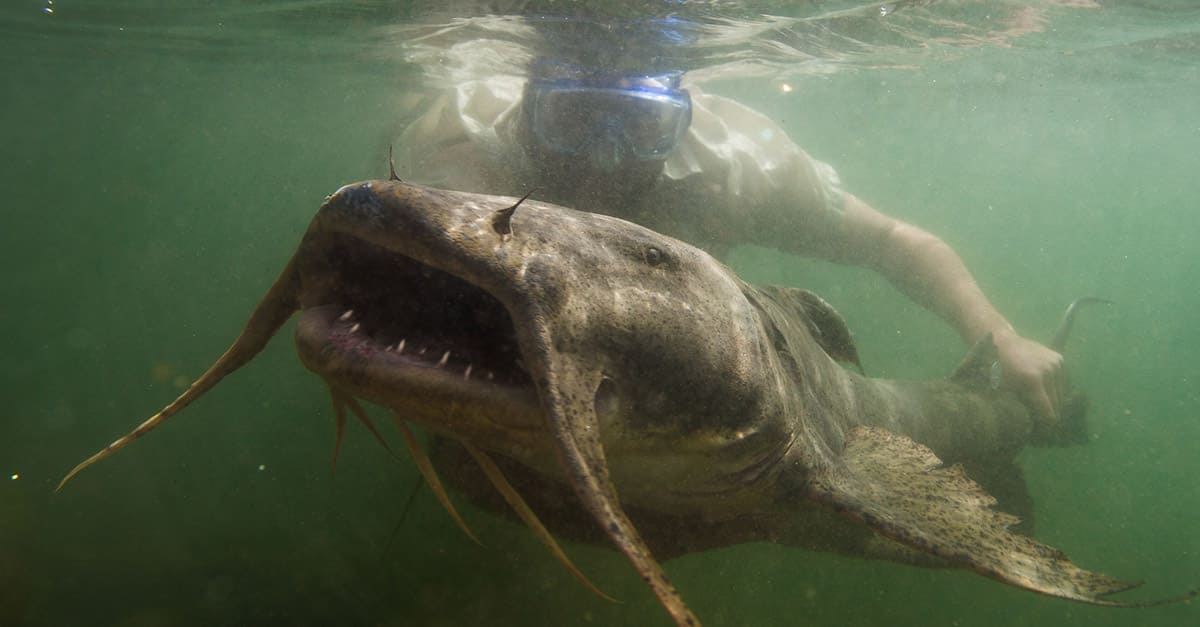
A: The Giant Goonch catfish, according to the reports which have not been verified, developed a taste for humans after feeding on the remains of corpses burned on riverbank funeral pyres in northern India.
Fishing for more questions?
